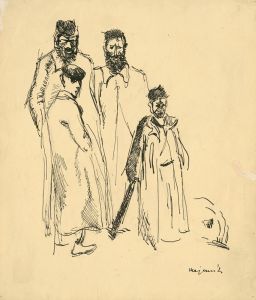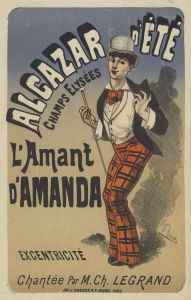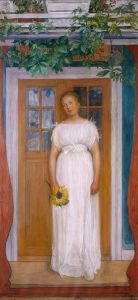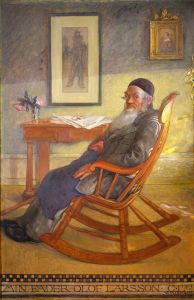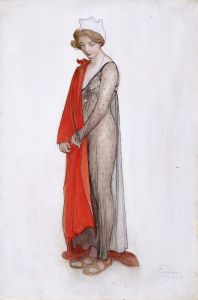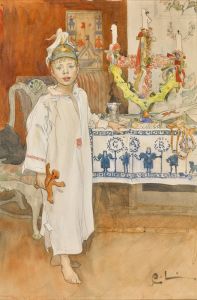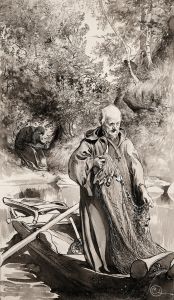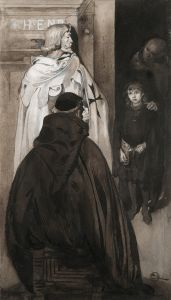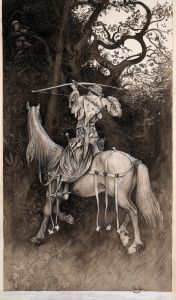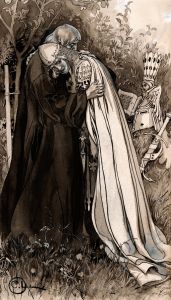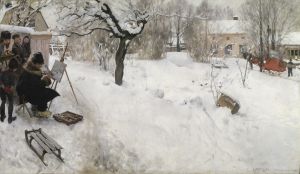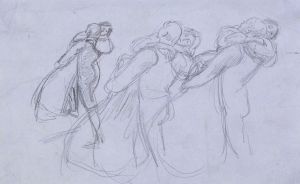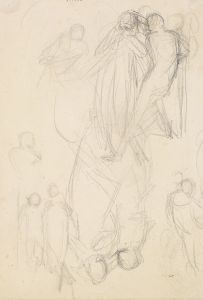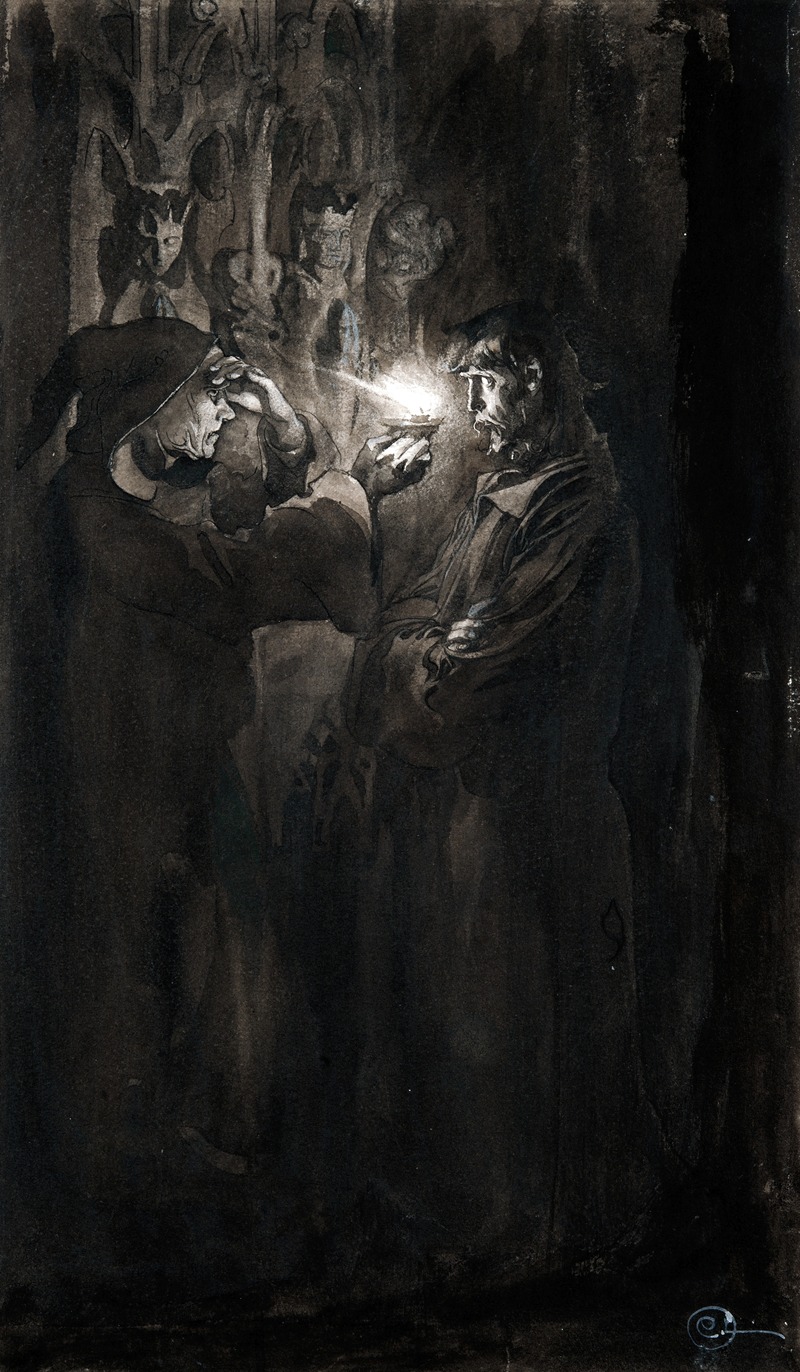
Illustration to ‘Singoalla,The Wind Is My Lover’ by Viktor Rydberg
A hand-painted replica of Carl Larsson’s masterpiece Illustration to ‘Singoalla,The Wind Is My Lover’ by Viktor Rydberg, meticulously crafted by professional artists to capture the true essence of the original. Each piece is created with museum-quality canvas and rare mineral pigments, carefully painted by experienced artists with delicate brushstrokes and rich, layered colors to perfectly recreate the texture of the original artwork. Unlike machine-printed reproductions, this hand-painted version brings the painting to life, infused with the artist’s emotions and skill in every stroke. Whether for personal collection or home decoration, it instantly elevates the artistic atmosphere of any space.
Carl Larsson, a prominent Swedish painter and illustrator, created the artwork titled Illustration to ‘Singoalla, The Wind Is My Lover’ by Viktor Rydberg. This piece serves as an illustration for the novel Singoalla, written by Viktor Rydberg, a celebrated Swedish author, poet, and cultural historian. The novel, first published in 1857, is a romantic and tragic tale that explores themes of love, cultural conflict, and fate. It is considered one of Rydberg's most significant works and remains an important part of Swedish literary history.
Carl Larsson, known for his contributions to the Arts and Crafts movement and his depictions of idyllic Swedish life, created this illustration as part of his broader work in book and literary art. Larsson's artistic style often combined elements of realism and romanticism, and his illustrations were known for their attention to detail and emotional depth. In this particular work, Larsson visually interprets the themes and characters of Rydberg's novel, capturing the essence of the story through his distinctive artistic lens.
The illustration likely reflects the central relationship in Singoalla between the Swedish knight Erland Månesköld and the Romani girl Singoalla. Their love story is marked by passion, tragedy, and the tension between their different cultural backgrounds. Larsson's work may depict a moment of intimacy or emotional significance from the narrative, though specific details about the scene portrayed in this illustration are not widely documented.
Carl Larsson's collaboration with literary works such as Singoalla highlights the intersection of visual art and literature in 19th-century Sweden. His ability to translate written narratives into compelling visual compositions contributed to his reputation as one of Sweden's most beloved artists. While Larsson is best known for his watercolors depicting domestic life, his literary illustrations demonstrate his versatility and his engagement with Sweden's cultural and artistic heritage.
Further details about this specific illustration, including its medium, dimensions, and current location, are not readily available in public records. However, the work remains an example of Larsson's skill in bringing literary characters and themes to life through his art, as well as his connection to the broader cultural movements of his time.





